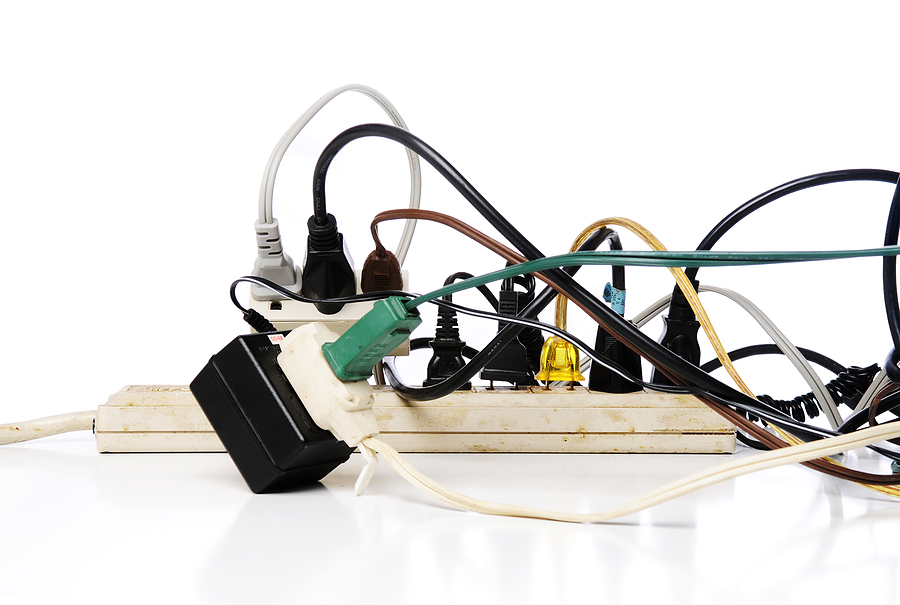Whenever foiled with the problems in the electrical system, you seek help from the nearby electrician available. But do you know the exact problem with your electrical system? Are you familiar with the basic terminologies that your technician uses to explain the problem to you? If not, here are some of the basic terms that you should know in your day-to-day life:
1. Current-
It is the electrical charge that flows through the conductors or wires of your home. It is supplied to you by the power station. You can measure current by a device called Ammeter. There are two types of current-
- A.C. Or alternating current-
This type of current is what supplied to your home and in all the electrical appliances from the powerhouse.
- D.C. Or direct current-
This is the one found while using any voltage producer such as the car batteries, etc.
2. Voltage-
It is the supplier of the power or the electric charge that flows as current. This term is often misconstrued with current. If current is the carrier of flowing charge then voltage is the supplier of the later.
3. Panel (Electrical Panel)-
An electrical panel is what brings the power inside your home from the exterior power source to all the appliances in our house. It usually has two ends: Line side and Load side. A line side is that through which the electricity enters your panel. A load side is one from where the electricity is branched out to various appliances of your home such as the lights, fans, receptacles, etc. Without a line side one can never have a properly working load side.
The appliances are usually provided with circuit breakers or fuses to cut the supply from the panel in cases of surge. Also the panel has a shut-off lever or breaker to automatically cut off the supply of the whole house during any emergency.
4. Receptacle-
A receptacle is commonly known as the outlet or rather in a layman’s language it is the “plug point” where we plug our devices in. It becomes overloaded and stops working when too many devices are connected to the same circuit since they’re grouped together and share the same circuit breaker.
5. Kilowatt-
It is a measure of electricity that equals to 1000 watts or nearly 1.34 horsepower.
6. Kilowatt hour-
This is the total power consumed by the household appliances and is monitored from the electric meter board of our house.
7. GFCI outlet-
The Ground Fault Circuit Interrupter outlet often termed as the GFCI outlet; is a necessity of most of the buildings near the water sources. These include a built in circuit breaker to ensure safety from the electric shock.
8. NMB (non-metallic high temperature wires)-
By NMB we simply mean the wires or wiring of our house that carries the current from the panel to individual circuits. For our day-to-day chores we usually use the 14/2 or the 12/2 NMB. In this, the first number such as 14 or 12 denotes the size of the wire. The greater the value, the lesser is the size. And the second number, i.e. 2 in this case denotes the number of wires. The two wires are Hot wire and Neutral wire. The earth wire is usually not included in the count. The NMBs are available in a variety of sizes and number if conductors used.
Thus, awareness about these terms helps you in better communication and better understanding with your electrician on the project or the problem encountered. This saves time and also stymies one from falling prey to the unscrupulous contractors.












